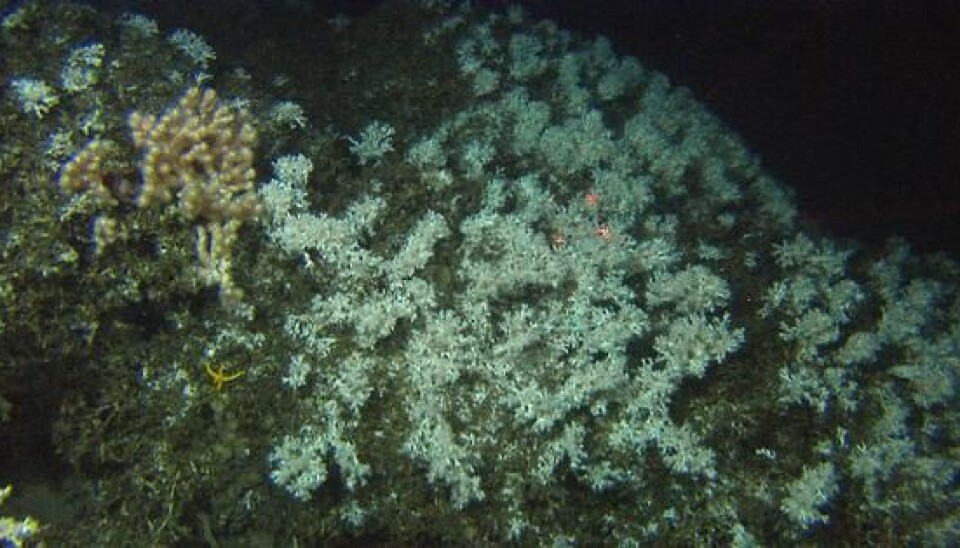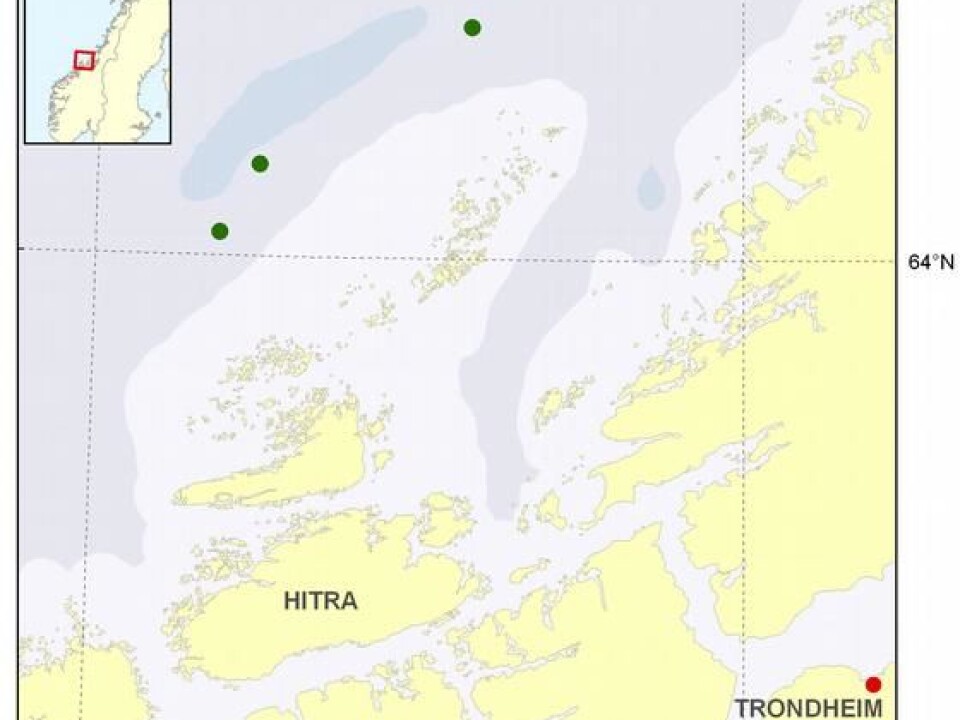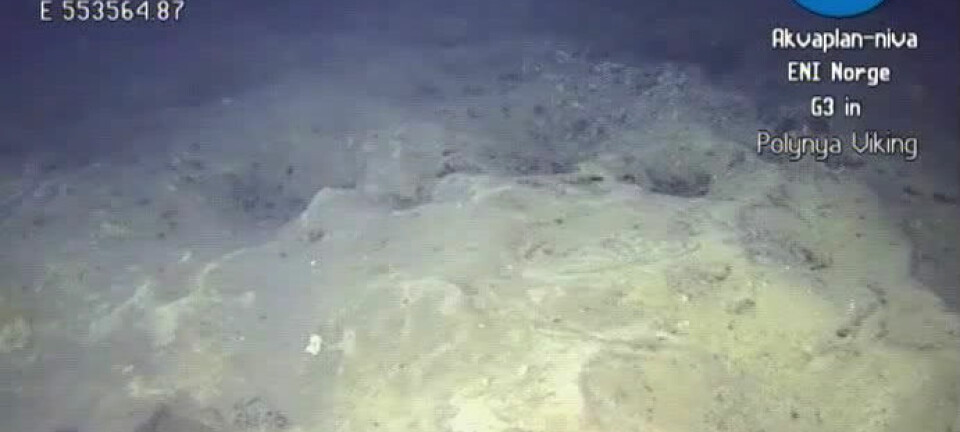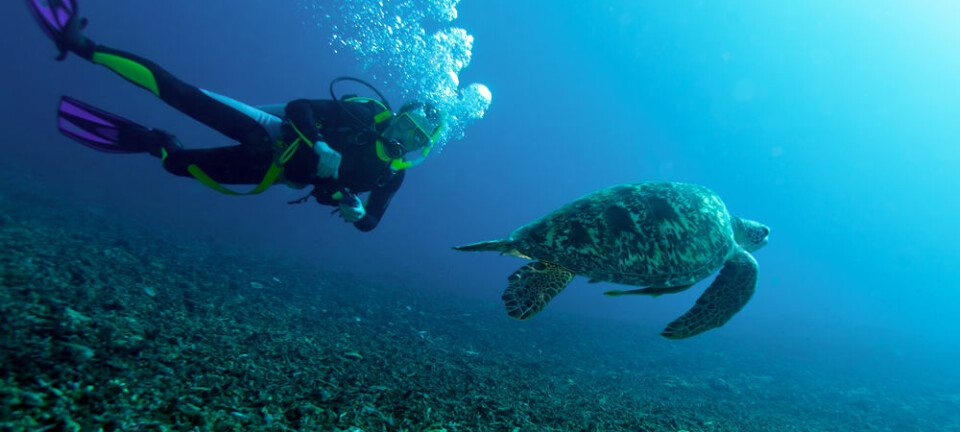This article was produced and financed by Institute of Marine Research

Discovered three new coral reefs off the coast of mid-Norway
Three unknown coral reefs are found outside Frohavet in mid-Norway. One of the coral reefs are probably 200 meter long.
Denne artikkelen er over ti år gammel og kan inneholde utdatert informasjon.
The unknown coral reefs are registered outside Frohavet in Trøndelag, mid-Norway as part of the survey conducted by the MAREANO programme. One of the coral reefs is remarkably long, while the other two seems to be about 20 meters in extent.
The coral reefs are made up of the cold water species Lophelia pertusa, but also other coral species grow in between.
As observed for other coral reefs off Norway, it seems like, among other fish species, the redfish thrives in these environments.
"In addition to the reef building species Lophelia, we observed scattered colonies of the corals Paragorgia and Primnoa at several localities," says Børge Holte, who is expedition leader on board the research ship "G.O. Sars" and head of the MAREANO programme at the Norwegian Institute of Marine Research.

There are also quite high quantities of various species of sponges in the surveyed area.
More coral reefs?
"We have just registered the coral reefs using video records, but since the bottom already has been mapped with multibeam sonar, we had a suspicion that we would find corals in this area," says Holte.
On the detailed seabed terrain maps that were made previous year, scientists can see that Lophelia pertusa is likely to be found at many more locations than previously known outside this part of the Trøndelag coast.
Although it has been known that the seabed off mid-Norway is an area with many coral reefs, it is new that it could be as many as the new maps indicate.
MAREANO goes south
The seabed mapping programme MAREANO has previously mapped areas off northern Norway, but has through this present cruise began surveying specific areas further south.
Now an area just off the coast of Trøndelag as well as the shelf edge about 70 miles north of the coastline, is surveyed.
The registered faunal communities off Trøndelag do not seem to differ very much from what we have observed to the north. This was not entirely unexpected for the most conspicuous species, which are the major types of organisms that can be detected by the video camera.
But when it comes to the smaller species collected by grab, beam trawl and sled, it is expected that the differences will be more apparent. Such sampling tools are not being used on this cruise but will be used on a later MAREANO cruise.
"The most tangible difference between north and south were the relatively frequent visits by the small blackmouth catshark in front of the video camera," says Holte.


































